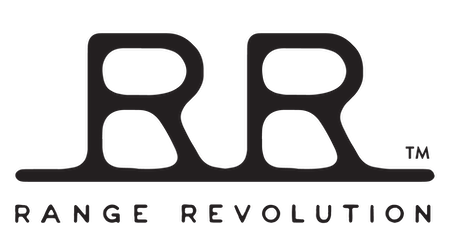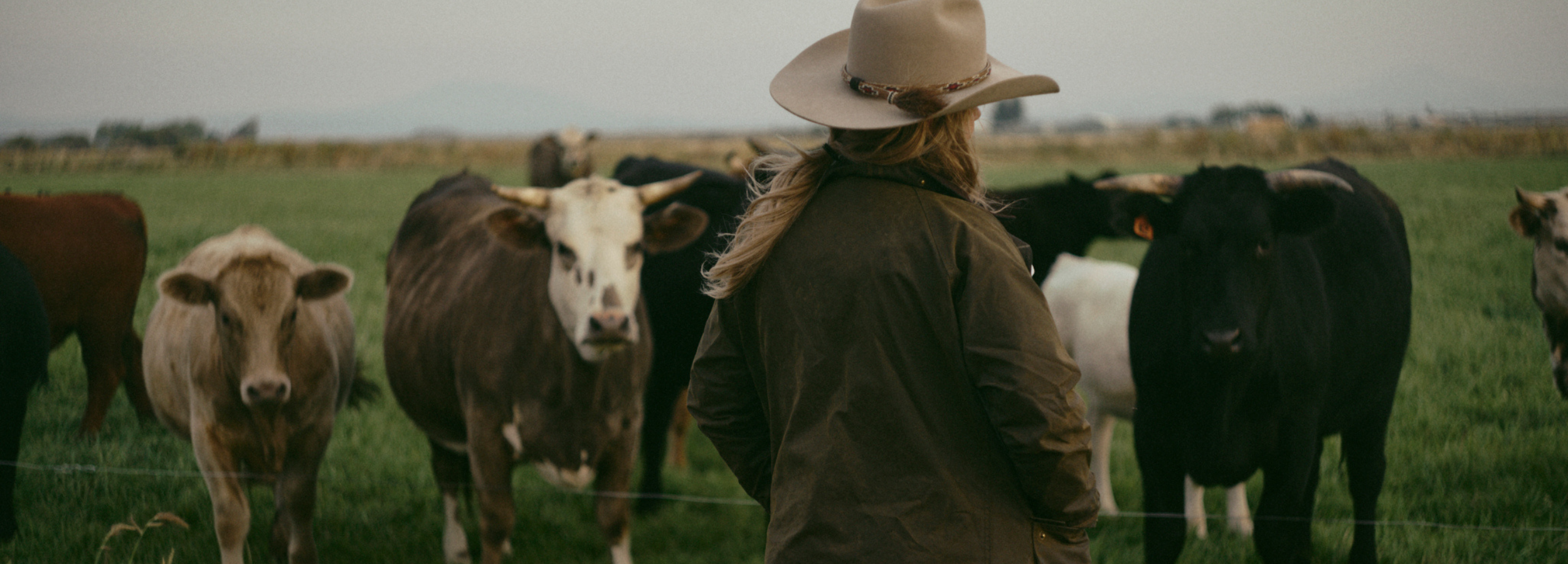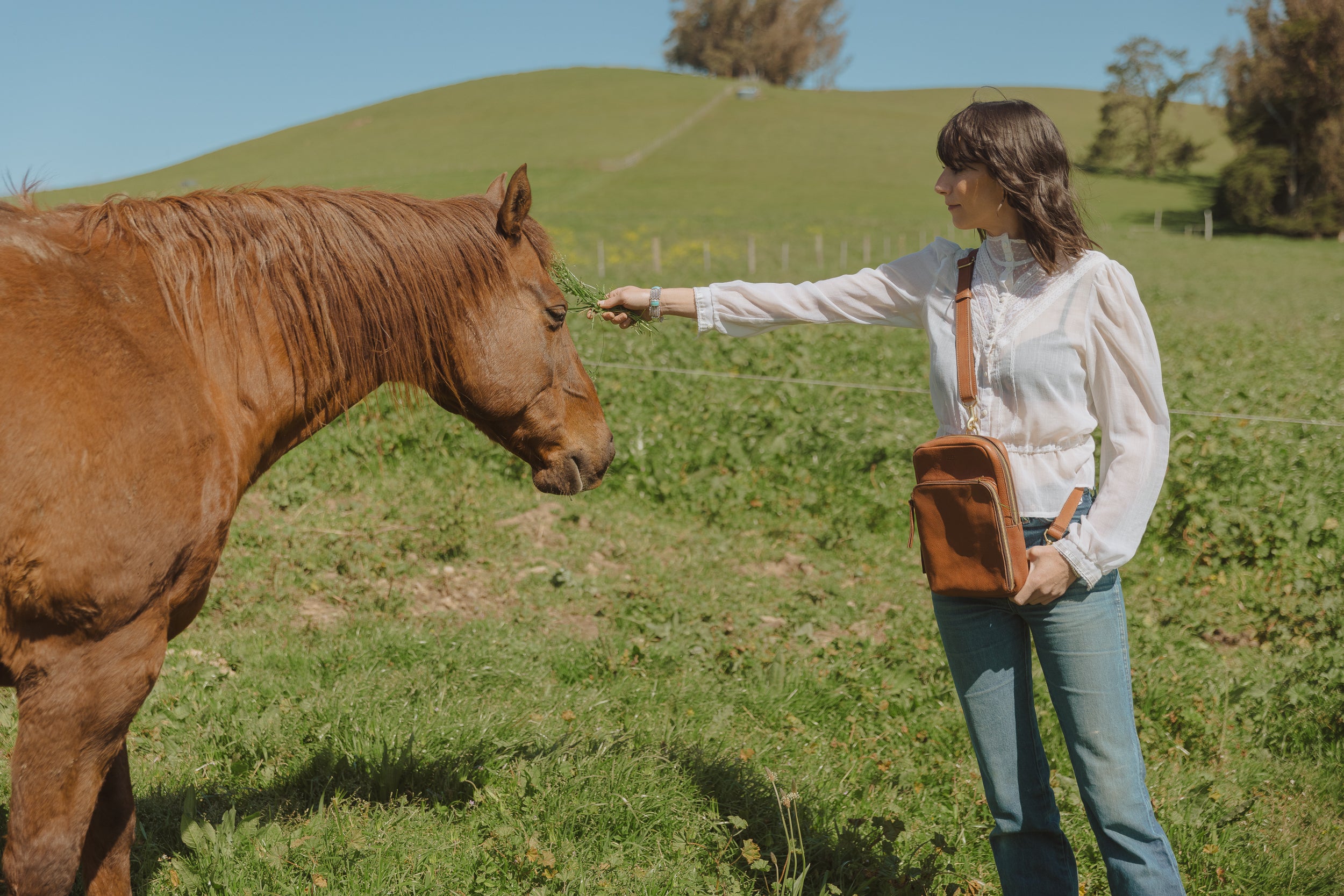"Design, at its best, can regenerate both the land and people who are a part of the supply chain."
Founder, Cate Havstad-Casad on how Range Revolution came to be.
From our founder.
I was 22 when I founded Havstad Hat Company, an "obvious" career choice when you're making no money as a wrangler and trail guide in Sisters, Oregon. For a decade, building custom western hats became my entrepreneurial dojo, my craft, my livelihood. My hats now live in the Country Music Hall of Fame. I've hand-delivered custom pieces to music icons like Shania Twain and Post Malone, and exhibited across the USA and Japan. But something was missing.
In 2020, I hit a wall. I wanted to create a luggage piece for my hat company using leather that mirrored how I live the rest of my life – local, sustainable, connected to this land. But that leather simply didn't exist. As I dug deeper, I uncovered a staggering reality: Over 5 million hides are thrown away annually in the United States alone.
Meanwhile, most leather in our fashion supply chains can be traced to Brazil and the deforestation of rainforests. This wasn't just a supply problem – it was a systemic failure that violated everything I believe about ethical production and land stewardship. I couldn't unsee this disconnect. I wouldn't accept it.
Alongside my husband Chris, we've scaled our Casad Family Farms from a 3-acre market garden into a 1,400-acre regeneratively managed operation. We've seen firsthand how thoughtful agriculture can heal landscapes, sequester carbon, and build community. The question kept burning:
Why couldn't our fashion supply chains do the same?
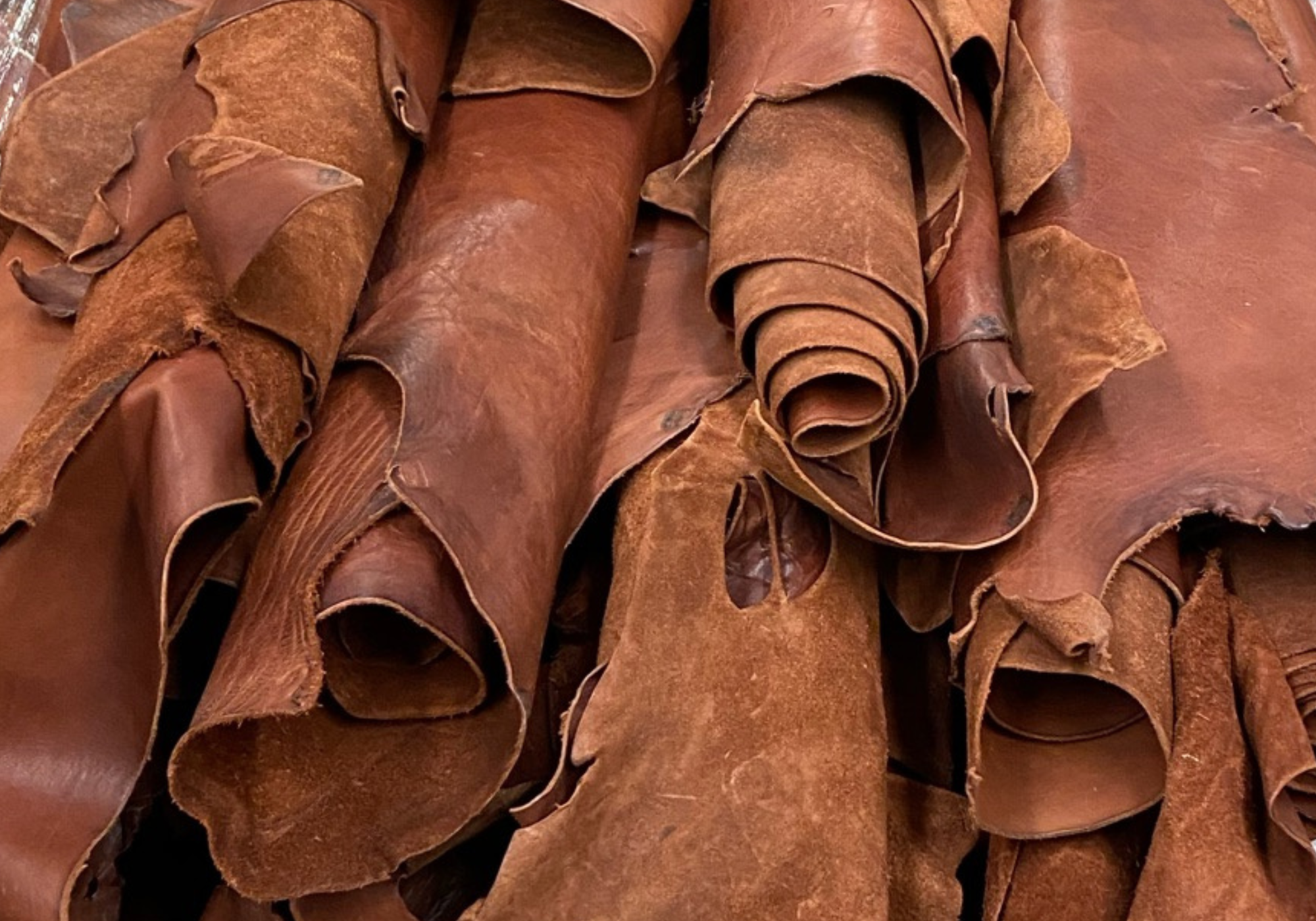
The vision.
I've always believed that making things means having skin in the game of how we shape our world. Great design communicates ethos in the most subtle ways – how something feels in your hands, the story behind its materials, the intention woven into each stitch. When you understand the journey of the fibers touching your skin, it changes how you see everything around you.
Fashion consumers have gotten further and further away from understanding the role of natural fibers in a sustainable supply chain. The fashion industry creates unprecedented waste and resource depletion while devaluing animal proteins like leather. It doesn't have to be this way.
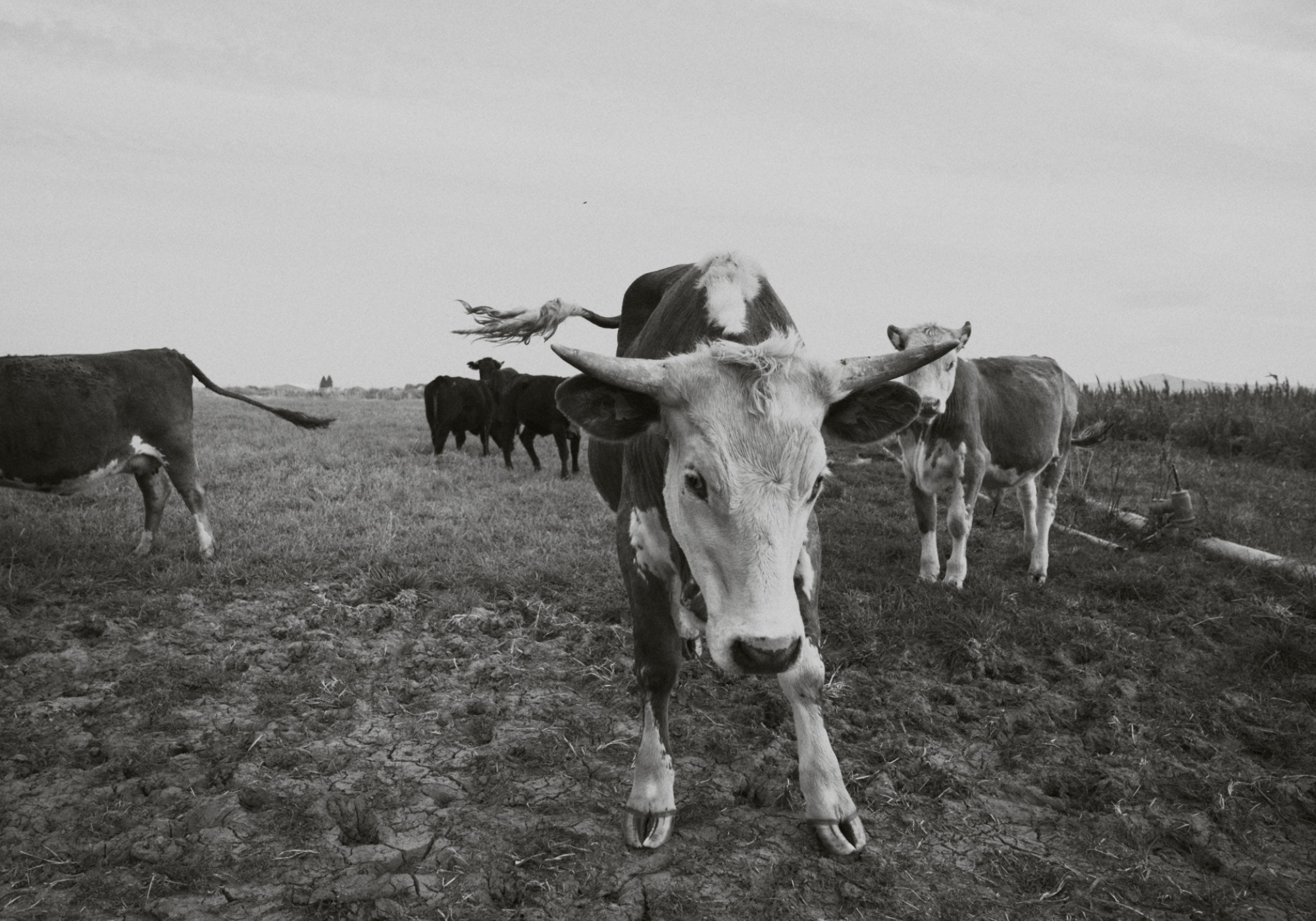
What is Range Revolution?
Range Revolution is the world's first luxury leather goods company built entirely around regenerative agriculture principles. We've created what didn't exist: a traceable supply chain that sources hides directly from American ranches practicing regenerative agriculture – hides that would otherwise be discarded – and transforms them into heirloom-quality bags, luggage, and accessories.
The wordplay in our name is deliberate – it's meant to spark thought about rangelands and the people who steward them. These vital ecosystems make up 54% of Earth's land mass and hold a significant percentage of the world's remaining biodiversity. They have more potential to sequester carbon than even rainforests, yet they're often forgotten in environmental conversations. Now is the critical moment to shine a light on these landscapes and build supply chains that actively support their regeneration.
Revolutions can be beautiful. Design can be a force for good. Businesses in support of biodiversity and circularity are the future.
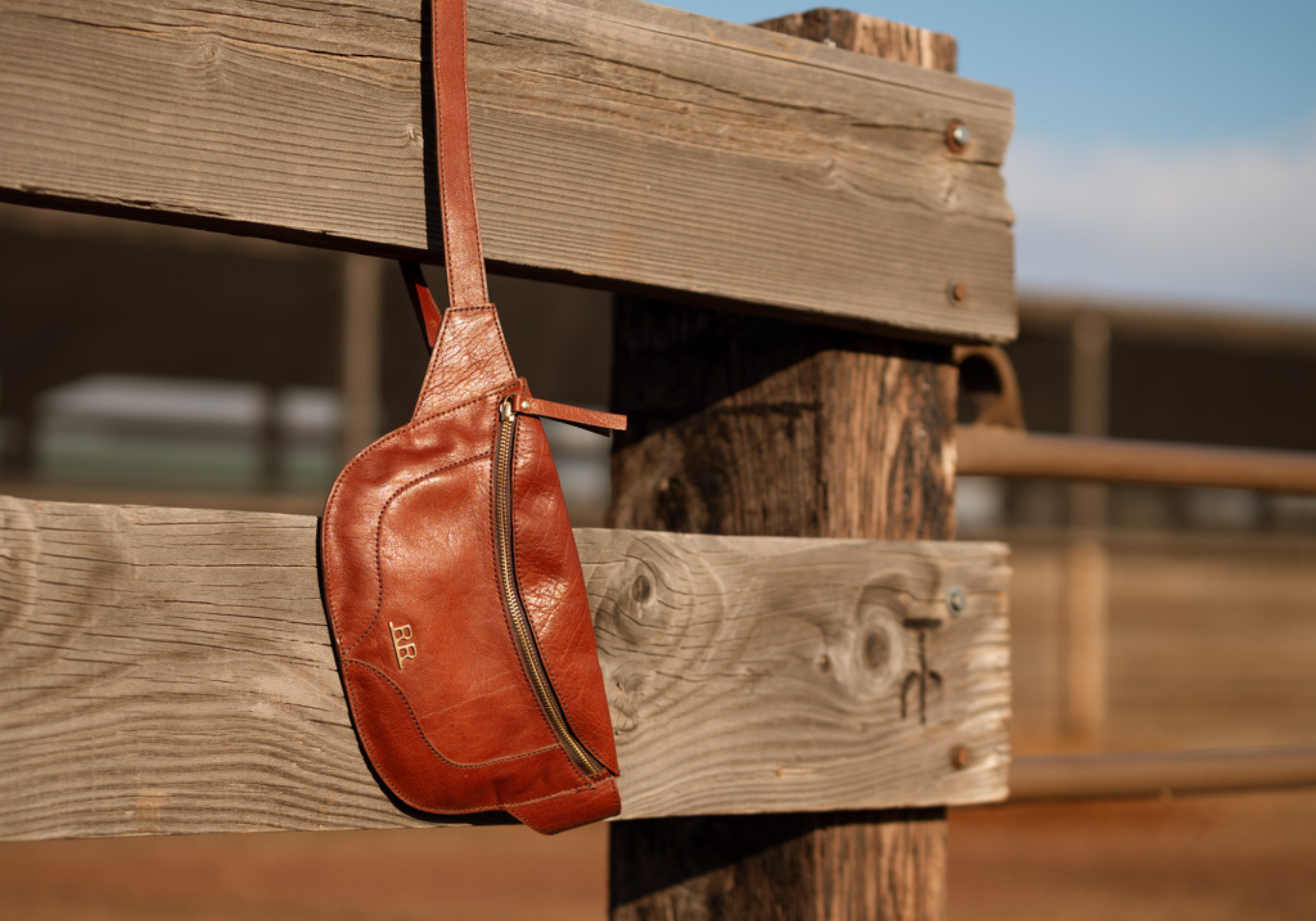
The business.
Since 2021, We've been rebuilding this regenerative, regional leather supply chain from the ground up. It's been more than creating beautiful products – it's been about forging direct relationships with ranchers, finding tanneries committed to responsible processes, and building a company where every decision centers on regenerative outcomes: economically, socially, and environmentally.
We've developed a unique "provenance journey" for our leathers, allowing us to trace each hide back to the ranch it came from. Our partner ranches use Ecological Outcome Verification™ to prove with data that their management practices are improving soil health, increasing biodiversity, and enhancing water cycles. We're not just reducing harm – we're actively healing landscapes through our business model.
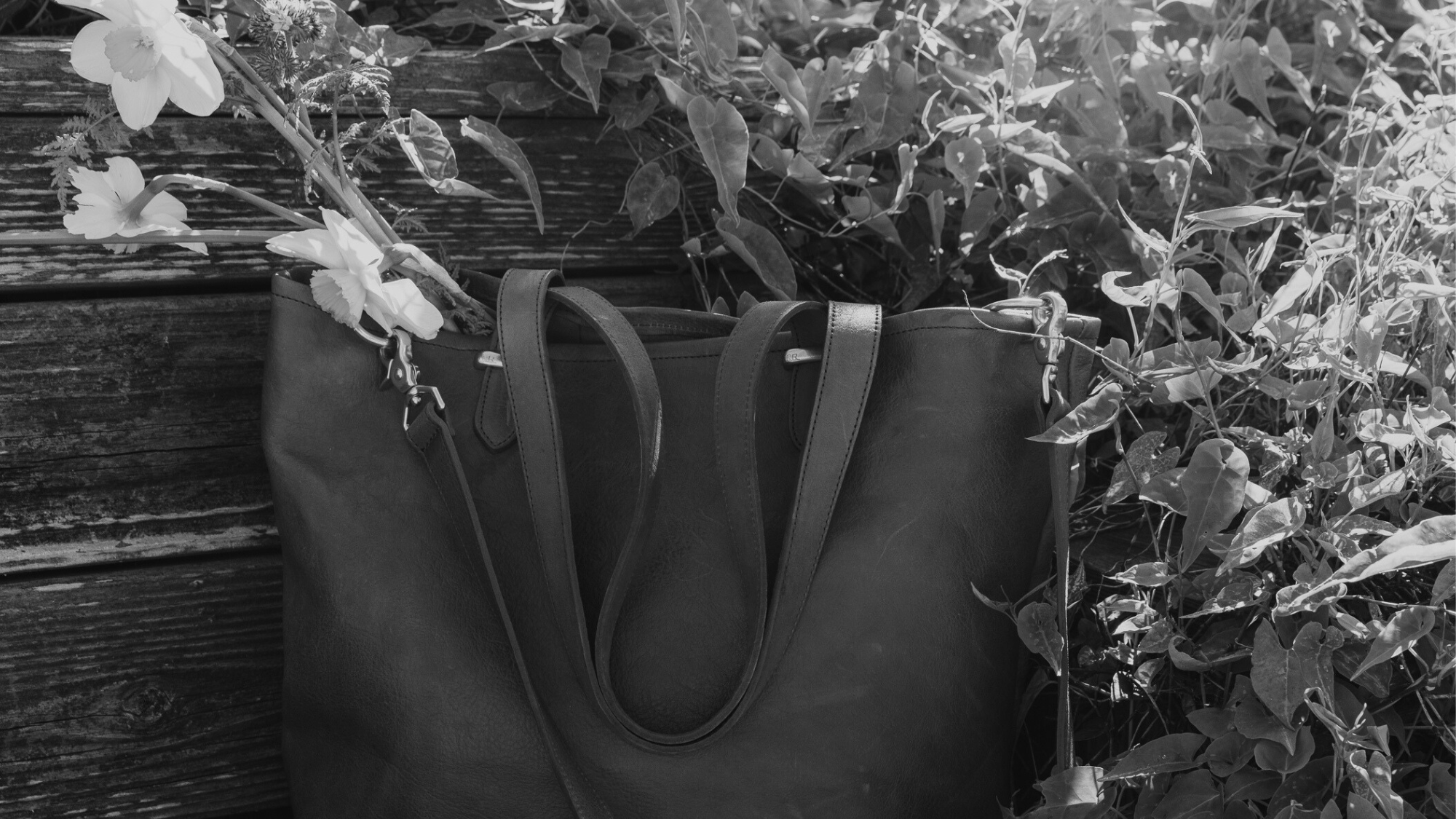
Why we exist.
Range Revolution exists to give people the opportunity to participate in land regeneration through their purchasing power. We're building a future where fashion supply chains increase margins for regenerative ranchers, not exploit them. Where luxury goods tell authentic stories of responsible stewardship. Where what you carry makes you a co-conspirator in regeneration. Our circular approach restores value to materials that would otherwise be wasted.
We turn discarded hides into enduring pieces of functional art — heirlooms with soul. Every bag, duffel, and accessory is a bridge between the consumer and the land, between style and substance, between what fashion is and what it can become.
